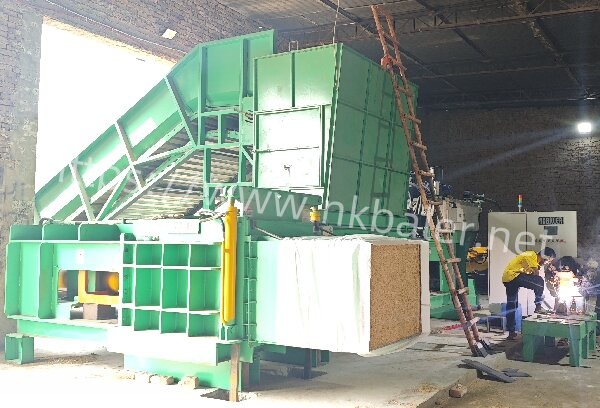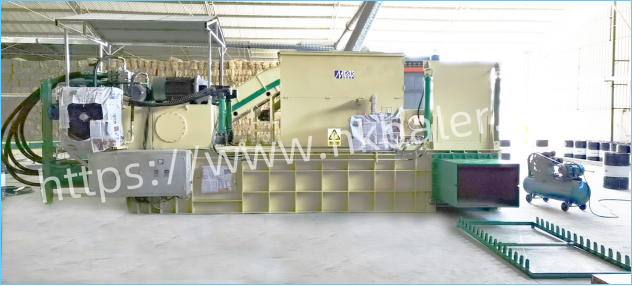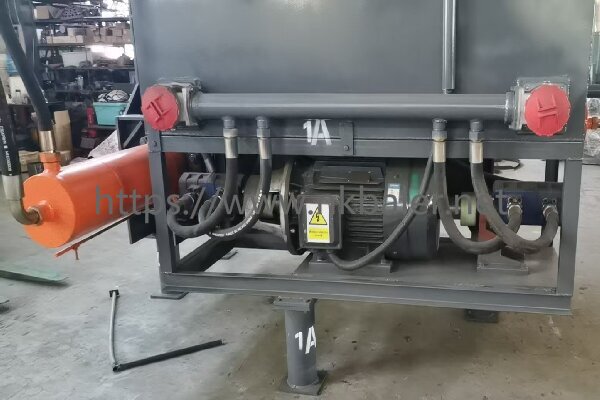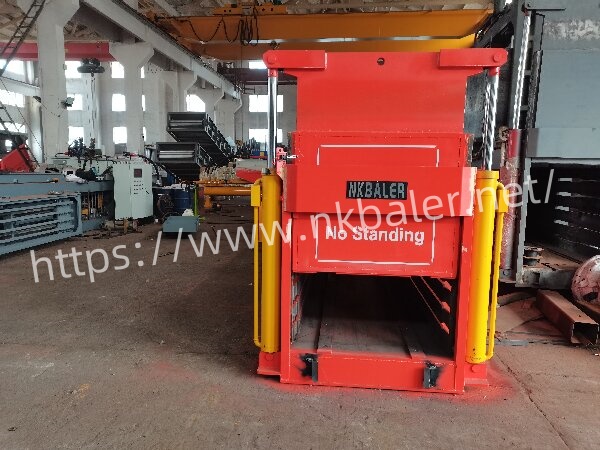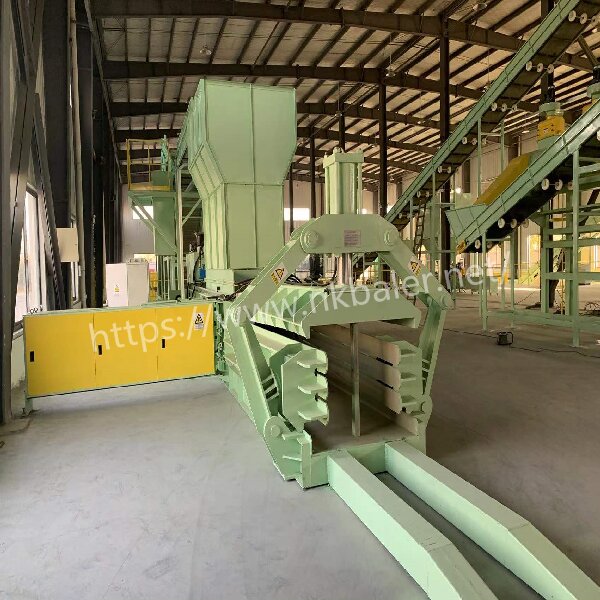(1) Excellent technology: The excellent internal gear oil refrigeration system is used, and the work should be more stable; there is an automatic control device, and the actual operation is convenient and simple.
(2) Long storage time: After the bag is sealed, it will naturally become mellow, resulting in probiotic powder, intestinal probiotics, lactic acid bacteria drinks, protein and other chemicals that are beneficial to the digestion and absorption of sheep and cattle and other livestock. Of course, it can be stored for up to three years.
(3) Labor saving and low packaging cost: the machine and equipment carry out all the straw edging bagging according to the cooperation of the limit switch and its 4 hydraulic cylinders, and the manual only has to be bagged, bagged, and tied, and it is
fully automatic The equipment can be carried out with only 2-3 people.
(4) Indoor space is saved, and concentrated feed is convenient to transport: The concentrated feed in bundles is very easy to pile up, and the storage area is small, and it can be immediately transported to the market for sale, which is convenient and reliable.
NKBALER specializes in the production and manufacture of
straw balers,
waste paper balers, hydraulic balers, etc. It has a long history of hydraulic machinery production and processing, advanced production equipment, and a strong technical team.
The company pays attention to advanced design and management concepts, and has very Good quality assurance system and perfect after-sales service are well received by users.
